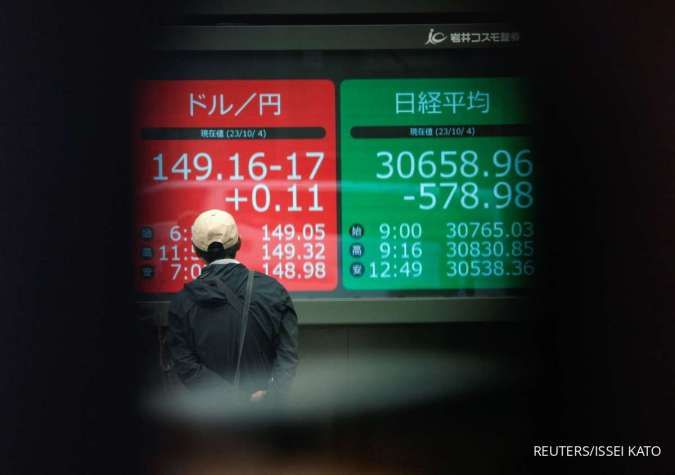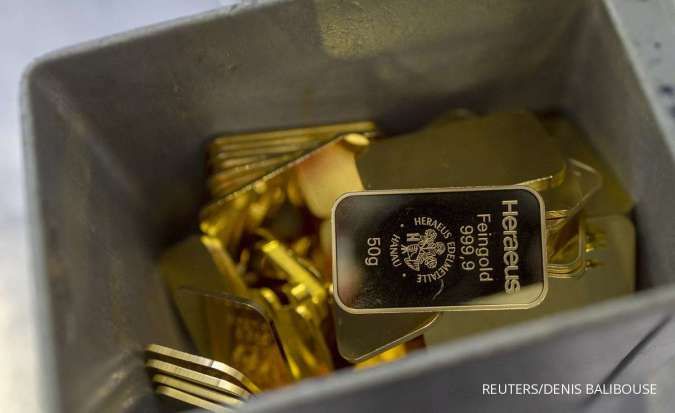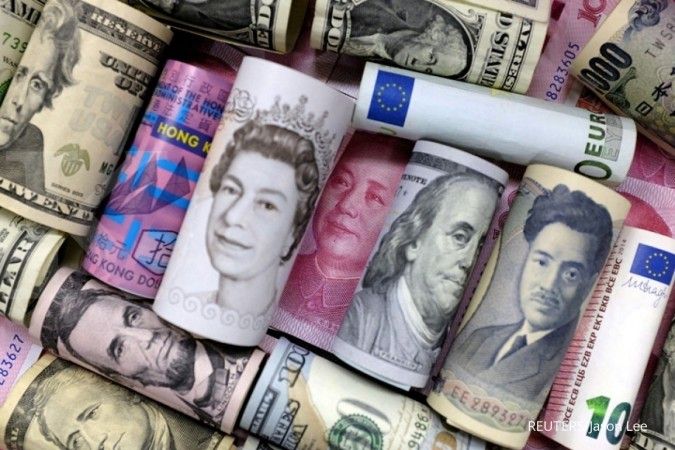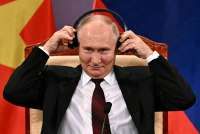CURRENCY - NEW YORK. The U.S. dollar climbed to a fresh 34-year peak against the yen in quiet trading on Monday, with investors taking their cue from the Federal Reserve's higher-for-longer interest rate stance, even as they remained alert to any signs of intervention by Japan to prop up its struggling currency.
The dollar rose to 154.85 yen versus the Japanese currency, its highest since mid-1990. It was last up 0.1% at 154.82 yen, a whisker away from the 155-level that is next on traders' radars for possible intervention.
The yen hit fresh lows ahead of the Bank of Japan's (BOJ) policy meeting on Friday.
Market players took note of the fact that Japan has refrained from intervening in the currency market despite the yen hitting several 34-year lows this year.
"I think the MOF (Ministry of Finance) has acknowledged that currency fundamentals have been moving in the wrong direction, i.e. dollar/yen has been going higher because U.S. yields have been going...higher," said Calvin Tse, managing director and head of Americas macro strategy at BNP Paribas in New York.
Read Also: Equities Gain, Gold Drops as Fears of Wider Middle East Conflict Ease
"I think they've been very wary to stand in the way of that. However, if we see an environment where, let's say U.S. yields start to weaken ... then that provides them, at least in their (MOF) minds, with a window of opportunity to act. So long story short, I don't think they will be intervening if the ... driver of dollar/yen is higher U.S. yields," he added.
In late afternoon trading, the dollar index, a gauge of the greenback's value against six major currencies, was flat to slightly higher at 106.13. It was off five-month highs hit last week after comments from Federal Reserve officials and a run of hotter-than-expected inflation data forced a paring back of U.S. rate-cut expectations.
Cooling Middle East tensions, which had driven the dollar, gold and oil sharply higher on Friday and battered stock markets, also helped temper volatility. Tehran downplayed Israel's retaliatory drone strike, in what appeared to be a move aimed at averting regional escalation.
Last week, Deutsche Bank's index of currency volatility hit 7.18, the highest level since February. On a weekly basis, the volatility index rose 9.7%, its biggest gain since June 2023.
Read Also: US Commerce Secretary Downplays Chip in Advanced Huawei Phone
WEAKER EURO
Besides the BOJ meeting, the market is looking at U.S. first-quarter gross domestic product data on Thursday and the inflation metric the Fed targets, the personal consumption price expenditures (PCE) index, due out on Friday.
Markets are expecting a 0.3% increase in the headline PCE number in March, unchanged from the previous month, and a year-on-year gain of 2.6%, compared with 2.5% in February, according to a Reuters poll.
"A hot number puts the Fed in a tricky spot since it starts to run out of runway ahead of the November election," wrote TD Securities in a research note led by Mark McCormick, global head of FX and EM strategy.
In addition, TD added that a combination of higher inflation and risk-off sentiment increases the chances of former U.S. President Donald Trump's victory.
"That outcome could see the market price in Fed hikes next year, reflecting a mix of corporate tax cuts and tariffs - both inflationary," the TD report said.
Read Also: North Korea Fires Missile Off East Coast, South Korea, Japan say
The issue of the strong dollar also prevailed at last week's International Monetary Fund and World Bank spring meetings in Washington, and the U.S., Japan and South Korea released a rare joint statement on the issue.
A rethink on Fed policy easing has led to a general repricing of global rate-cut timelines, but expectations for the European Central Bank (ECB) and the Bank of England (BoE) to start cutting by the middle of this year are still intact.
The euro, which is heading for its biggest monthly drop against the dollar since January, was little changed at $1.0651, while sterling slipped 0.1% to $1.2352.
In cryptocurrencies, bitcoin was last up 3.6% at $66,384. The world's largest cryptocurrency completed its "halving" at the weekend, a phenomenon that happens roughly every four years and aims to reduce the rate at which bitcoins are created.
/2018/01/12/448065091p.jpg)














